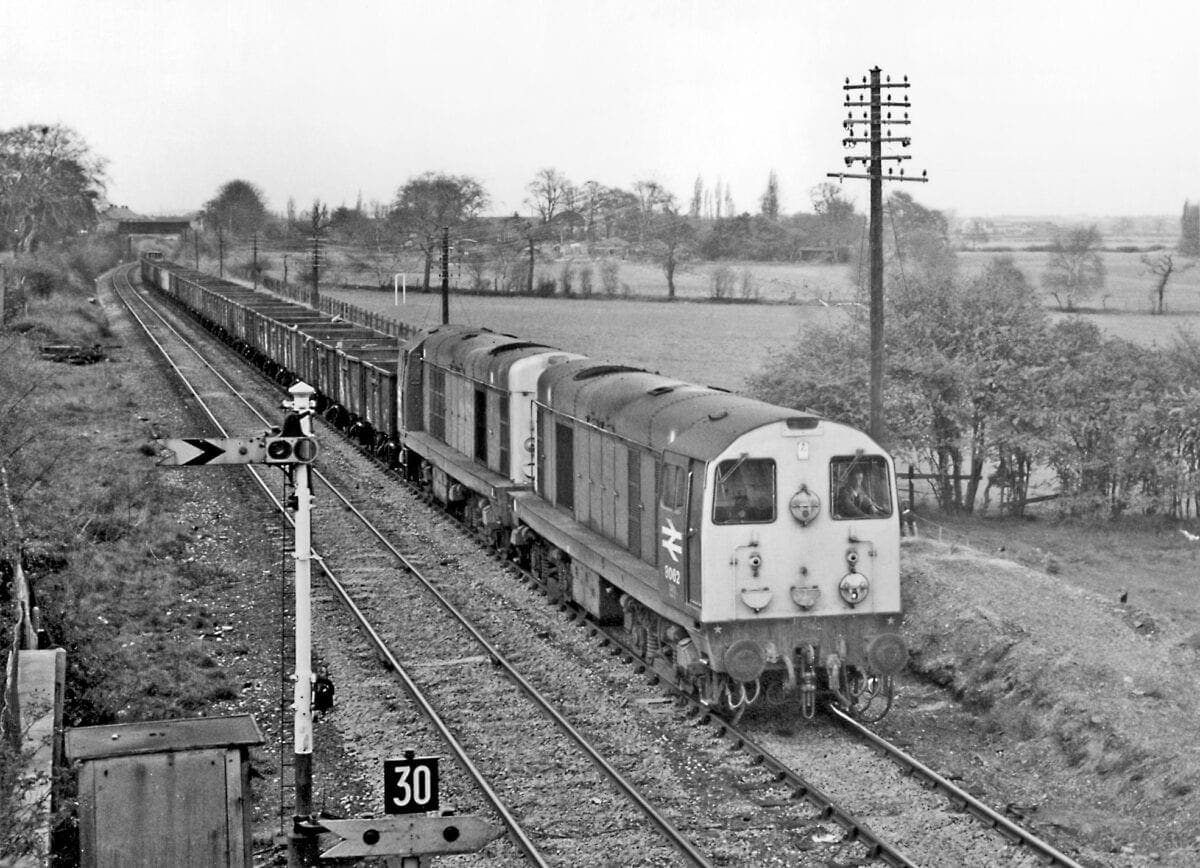
Closed as a through route in March 1984, the line between Lichfield and Walsall was once an important freight artery to the industrialised West Midlands and to the marshalling yard complex at Bescot, as David J. Hayes describes.
THE South Staffordshire Railway (SSR) line between Lichfield and Walsall via Brownhills was opened in April 1849, passenger services commencing in the June of that year. The line formed part of the SSR’s principal 23-mile route from the Midland Railway’s Birmingham to Derby main line at Wichnor Junction to the heart of the West Midlands’ industrial Black Country region at Dudley, the final section to Dudley via Wednesbury and Great Bridge opening in March 1850.
At Dudley, the SSR line was joined in November 1852 by that of the Oxford Worcester & Wolverhampton Railway (OWWR), which entered the region at Stourbridge, reaching Wolverhampton (Low Level) in April 1854. By the 1970s, the alignments of both the former OWWR and SSR formations would be jointly referred to as the Dudley line between Stourbridge Junction and Walsall (Pleck Junction), which also included the Bescot Curve connection to Bescot Yard. A feature on the Dudley line appeared in RE211, December 2013.
Enjoy more Rail Express Magazine reading every month.
Click here to subscribe & save.
Although scheduled passenger services on the Lichfield to Walsall axis ceased in January 1965, this section of line continued to be an important freight artery serving the industrial needs of the Black Country. Traffic was diverse and plentiful, supplying numerous terminals and industrial locations then still rail-active within the region. Motive power for such workings was also varied, although the majority of local trip work was in the capable hands of the ubiquitous Type 2 Class 25 locomotives, often to be seen working in pairs on such diagrams.




